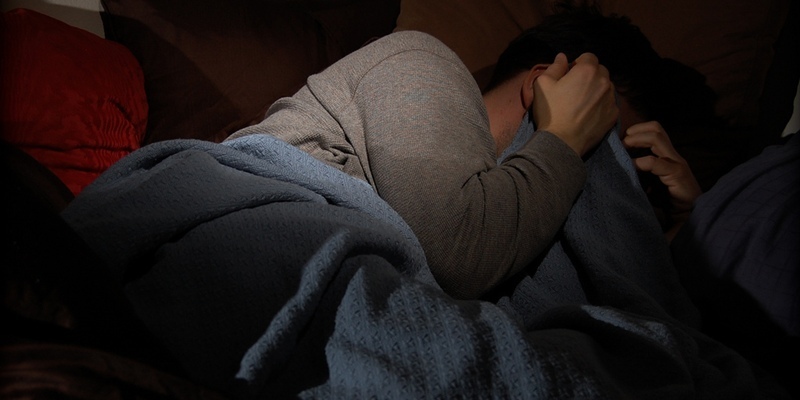Public sector workers across Scotland would be required to call a medical hotline before taking a sick day under new Tory plans to reduce absenteeism.
The party’s finance spokesman at Holyrood, Derek Brownlee, outlined the proposals to cut down on sick days after it emerged that an average of 6500 NHS staff in Scotland were off ill every day last year.
He recommended a system of absence management used by firms such as FirstCare, with central reporting and immediate clinical assessment of absentees to return them to work as quickly as possible.
Last year the London firm claimed to have reduced absence levels by an average of 26% within a year during trials with 17 NHS trusts in England.
The system includes a nurse-led contact centre for staff to contact at the first sign of illness.
Mr Brownlee insisted such radical measures were needed to tackle absenteeism in Scotland.
He said, “Absenteeism costs us hundreds of millions of pounds a year and it is only right that we do everything within our power to manage the situation.
“That is why we have developed a plan which would make significant savings while helping to protect front-line services.”
He added, “Many people rightly question why absenteeism is so much lower in the private sector than in the public sector.
“Our plan would firstly involve the Scottish Government placing a new, statutory obligation on all devolved public bodies to provide comparable data on absences, updated quarterly and published online.”‘Remarkable results’He added that the Tories would introduce a new target for sickness absence at the lower end of the private sector rate.
Mr Brownlee said, “Finally there must be a new system of absence management that helps people get back to work as quickly as possible.
“It works by asking employees to call a special helpline staffed by health workers, rather than calling their boss. Trials of this scheme have shown remarkable results.”
He added, “These plans would go a large way to reducing absenteeism and, when a reduction of just one day would save on average £69 million a year, I can’t see how any party could oppose these plans.”
Lib Dem health spokesman Ross Finnie also called for an investigation into the high levels of staff sickness in the NHS.
The annual NHS report for 2009-10 showed a staff sickness rate of 4.75%. With a head count of 135,757, this equates to around 6500 staff on sick leave at any one time.
Mr Finnie said, “Over 6500 NHS staff are off sick we need to know why.
“Front-line NHS workers are exposed to all kinds of bugs in the course of their daily work, so we should expect staff to take some sickness absence, but these figures look extremely high.”
However, a spokesman for the Scottish Government pointed out that absence in the NHS has actually dropped considerably in recent years.Union’s rebuttalHe said, “We are already improving the level of sickness absence, including through earlier intervention on sick absence cases and new guidance for managers.
“Our aim is always to help all our staff return successfully to work. In the NHS the proportion of absenteeism from 2006/7 to 2009/10 decreased by 14%.”
He added, “A healthy workforce is essential to an organisation’s ability to perform efficiently and effectively, which is why we are open to suggestions as to how the wider public sector can improve performance in this respect.”
Last year it emerged Dundee City Council staff were taking an average of 13.65 days off ill.
A spokeswoman for public sector union Unison criticised the proposals.
She said, “We do not accept the general assertion that absence is lower in the private sector and would challenge the Tories to provide verifiable statistics on that.
“We believe the difference is marginal when age, gender etc are taken into account.
“We do not have a problem with the use of targets in monitoring sickness absence statistics but the work that our members do has also to be taken into account.”
She added, “For example, we cannot have health workers taking their illnesses into hospitals where vulnerable patients could be susceptible to catching them.
“We firmly believe, however, that any scheme that removes effective reporting to management would not be viable and would suggest that managers make greater use of occupational health schemes to ensure a speedy return to work for their staff.”
Photo used under a Creative Commons licence courtesy of Flickr user RLHyde.
